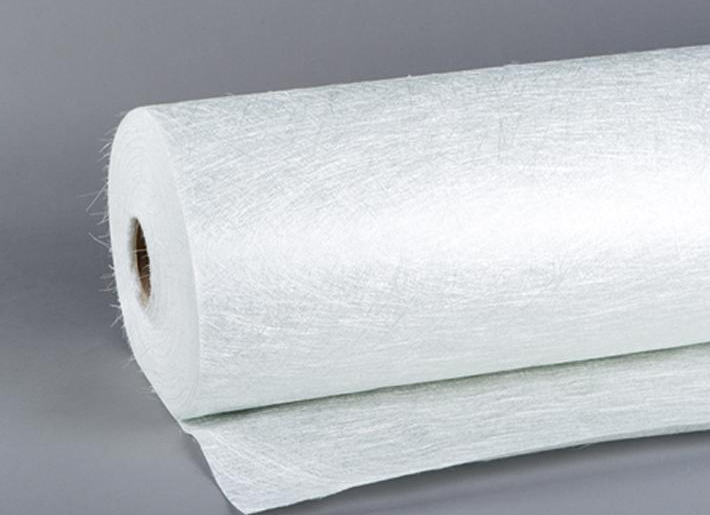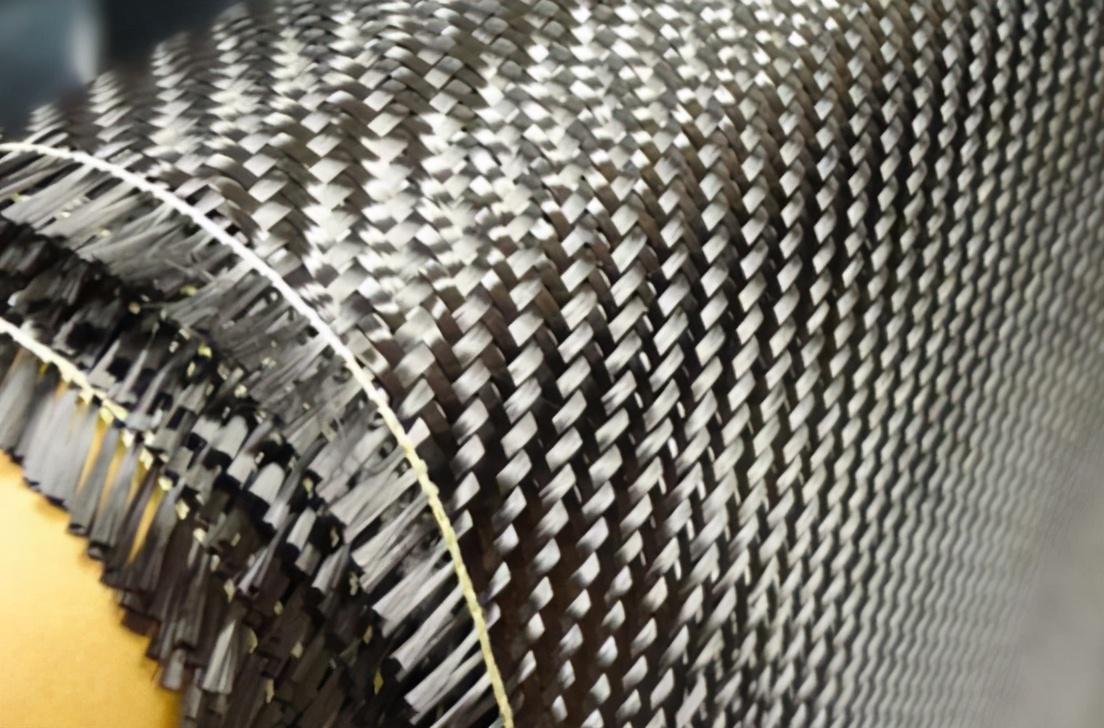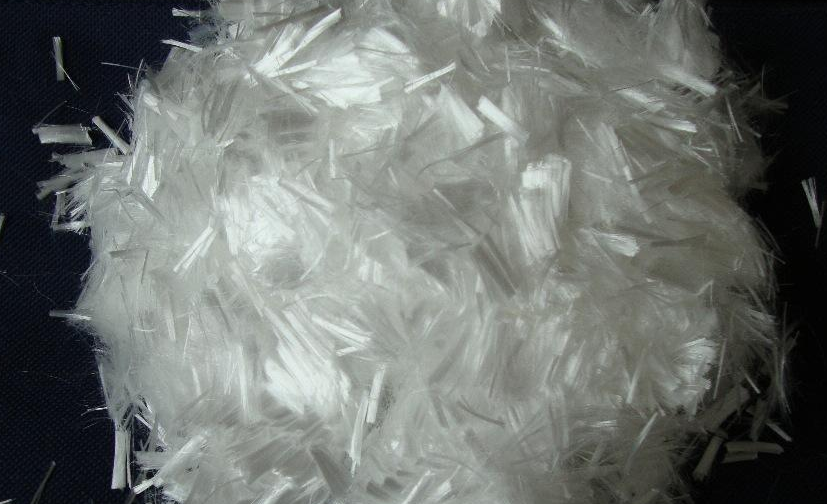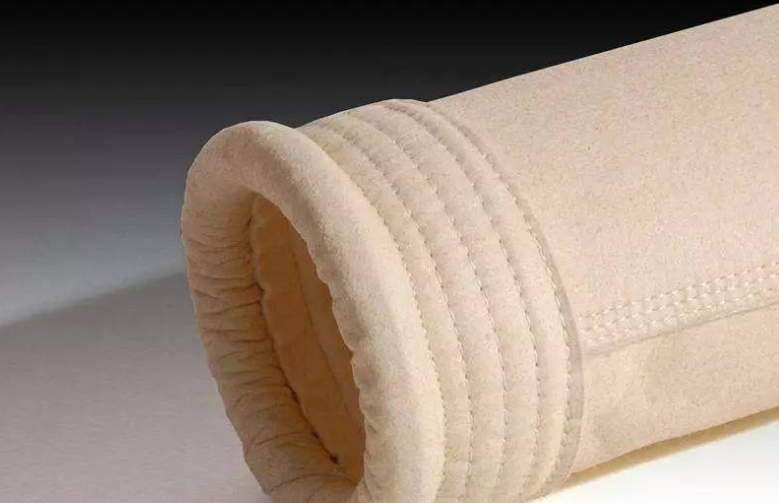With the rapid development of science and technology, all aspects of the textile industry are constantly being optimized and upgraded. Among them, high-performance materials have given many textile company owners confidence, and accelerating high-performance The process of fiber industrialization will undoubtedly bring objective economic benefits to the entire industry and the entire society.
High-performance fiber is a fiber material developed and promoted since the 1960s. Its emergence has brought about tremendous changes in the traditional textile industry.
The so-called high-performance fiber refers to high tensile strength and compressive strength, friction resistance, high damage resistance, and low specific gravity (g/m) It is a type of special fiber that has developed rapidly in the field of fiber polymer materials in recent years.
High-performance fibers can be used in the processing of special fabrics such as bulletproof clothing and trampoline cloth and as reinforcement materials in fiber composite materials. Their development involves many different fields.
Let us learn more about several high-performance materials with good future prospects!

The first type, fiberglass.
Glass fiber is the most important reinforcing material in composite materials. It is made by melting an inorganic salt mixture composed of silicon oxide, aluminum chloride and other metal oxides. become.
Glass fiber reinforced plastics were used as early as the 1930s. Composite materials called fiberglass at that time first appeared in the 1940s and were used in the aviation industry. .
After nearly seventy years of development, the fiberglass industry now has many types and brands of fiberglass products.
Glass fiber has higher tensile strength, and the thinner its diameter, the higher the strength. However, it is extremely difficult to spin very thin glass fiber. Production costs are rising, so the current output of high-strength glass fibers is still relatively low.
Glass fiber reinforced composite materials have achieved great development this year. The world’s total output has reached more than 2 million tons. my country’s glass fiber composite material production capacity has reached 20 About 10,000 tons.

The second type is carbon fiber.
Carbon fiber is a high-quality fiber made from polyacrylonitrile fiber, viscose fiber or pitch fiber. It is made by heating to remove all elements other than carbon. Strong, high-volume fiber.
It has high chemical stability and high temperature resistance, and is an excellent structural material in high-performance reinforced composite materials.
Carbon fiber is not used alone. It is generally added to a matrix such as resin, metal or ceramic as the skeleton material of composite materials.
The composite material composed in this way is not only lightweight and high temperature resistant, but also has high tensile strength and elastic modulus. It is ideal for manufacturing spacecraft, rockets, missiles, It is an indispensable raw material for high-speed aircraft and large passenger aircraft.
In addition, its composite materials are widely used in industrial sectors such as atomic energy, electromechanical, chemical, metallurgy, and transportation, as well as containers and sporting goods (such as tennis rackets, ice hockey rackets, and golf rackets). , skis, rowing, sailing) and other aspects also have a wide range of uses.

The third type is high-strength and high-modulus polyethylene.
High-strength and high-modulus polyethylene appeared in the 1970s. It has ultra-high molecular weight, high degree of orientation, and very close molecular distance, giving the fiber the characteristics of high strength and high modulus. .
Its density is 0. 97g/cm’, which is the only high-strength and high-modulus fiber that can float on the water.
In addition, ultra-high-strength polyethylene fiber also has high collusion strength and nodule strength, so it has good fatigue resistance and friction resistance. The properties are better than aramid and carbon fiber, and similar to conventional nylon fiber and polyester fiber.
Therefore, the fiber can be post-processed by twisting, weaving, knitting and other processes commonly used for ordinary fibers.
Ultra high strength polyethylene fiber also has other outstanding mechanical properties, such as good toughness and fatigue resistance, high-speed impact resistance, etc.

The fourth type is aramid fiber.
Aramid fiber refers to a fiber made from a linear polymer formed by directly connecting an amide group to two benzene ring groups.
Aramid is mainly used in industrial textiles, especially when products require lightweight and high performance, only aramid products can be used.






